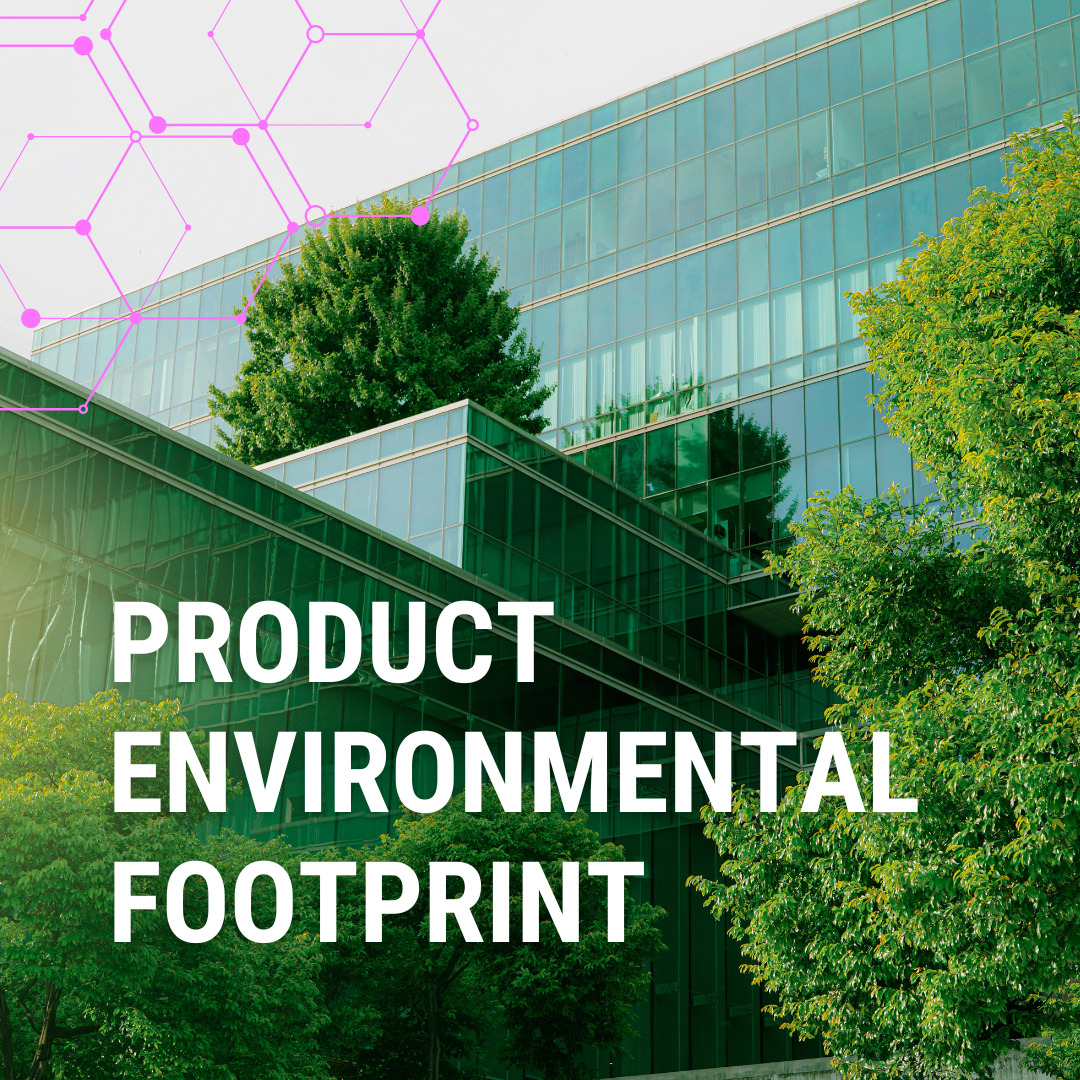In today’s rapidly evolving world, consumers are becoming increasingly conscientious about the environmental impact of the products they buy. They are not just looking for quality and functionality but also the environmental footprint of the products they purchase. This shift in consumer behavior has made it essential for businesses to provide comprehensive information about their product’s environmental impact.
What is a Product Environmental Footprint?
A Product Environmental Footprint (PEF) is a measure of the total environmental impact of a product throughout its life cycle. This includes the extraction of raw materials, manufacturing, transportation, product usage, and eventual disposal. PEF is typically measured in terms of various environmental indicators, such as carbon emissions, water usage, and waste generation.

Importance of Calculating PEF
1. Environmental Responsibility
Understanding the PEF of a product allows businesses to take responsibility for their environmental impact. It provides a clear picture of the resources consumed and emissions produced during the product’s life cycle, making it easier to identify areas for improvement.
2. Regulatory Compliance
Many countries and regions have introduced regulations and standards related to product environmental impact, and the European Union has taken a pioneering step in this direction with the introduction of the Digital Product Passport.
The European Union’s Digital Product Passport is an initiative aimed at enhancing product transparency and environmental responsibility. It provides a comprehensive digital profile of a product, detailing its entire life cycle, from raw material extraction to end-of-life disposal. This passport, accessible to both businesses and consumers, offers a wealth of information, including a product’s environmental footprint, energy efficiency, and materials used.
Businesses operating in the EU are increasingly recognizing the importance of complying with these regulations. By integrating the Digital Product Passport into their sustainability efforts, companies can align with EU standards and demonstrate a commitment to environmental responsibility. This initiative ensures that products marketed within the EU adhere to rigorous environmental and sustainability criteria, ultimately benefitting both the environment and informed consumers.
Understanding and adhering to these evolving regulations, including the Digital Product Passport, is not only a legal requirement but also a strategic move for businesses to thrive in a market that prioritizes sustainability. By doing so, they can stay ahead of the curve and communicate their dedication to environmental responsibility to a discerning consumer base.
3. Consumer Awareness
Consumers are more likely to choose products with a lower environmental footprint. By showcasing a low PEF, businesses can attract environmentally conscious consumers and gain a competitive edge in the market.
Calculating Product Environmental Footprint
To accurately calculate the PEF of a product, a comprehensive life cycle assessment (LCA) is conducted. This assessment involves several stages:
- Raw Material Extraction: This phase involves identifying the environmental impact of sourcing raw materials. It includes factors like mining, deforestation, and water usage.
- Manufacturing: The manufacturing process is assessed to determine the energy consumption, emissions, and waste production.
- Transportation: The environmental impact of transporting materials and finished products is evaluated. This includes emissions from transportation vehicles.
- Product Usage: During this stage, the energy consumption and emissions during the product’s use are considered. For example, in the case of electronic devices, this may involve energy efficiency.
- End-of-Life: The final stage examines how the product is disposed of. This includes recycling, landfill disposal, and any associated emissions.
Communicating PEF to Consumers
Once a product’s PEF has been calculated, it’s crucial to effectively communicate this information to consumers. Here are some strategies:
- Eco-Labels: Using eco-labels or certifications, such as the Energy Star label for energy-efficient products, can quickly convey the product’s environmental credentials to consumers.
- Transparency: Providing detailed information about the PEF on the product packaging or on your website can build trust with consumers who seek transparency.
- Comparative Data: Comparing your product’s PEF to industry averages or competitors can highlight its superior environmental performance.
- User-Friendly Tools: Developing user-friendly tools or mobile apps that allow consumers to calculate the environmental footprint of their product choices can be a powerful marketing strategy.
The Role of Sustainability Reports
Sustainability reports are comprehensive documents that outline a company’s environmental initiatives and progress. They can be a valuable resource for consumers looking for in-depth information about a company’s commitment to reducing its environmental footprint.
Harnessing Technology for Sustainable Fashion: The ELLYHA-collectID Partnership
Swiss fashion brand ELLYHA’s recent partnership with collectID underscores the growing significance of calculating and communicating the Product Environmental Footprint (PEF) in the fashion industry. By collaborating with collectID, ELLYHA aims to not only create stylish clothing but also to reduce the environmental impact of their products.

This partnership highlights the commitment of fashion brands towards sustainability and the importance of tracking the entire life cycle of fashion products to minimize their environmental impact. collectID’s technology enables ELLYHA to effectively measure the PEF of their products, providing consumers with transparency about the environmental impact of their fashion choices.
The integration of technology and fashion, as seen in this collaboration, represents a promising shift towards sustainability. ELLYHA and collectID are taking steps to inform consumers about the PEF of their products, aligning with the increasing demand for eco-friendly and transparent fashion options.
Conclusion
In the age of environmental consciousness, understanding and communicating a product’s environmental footprint is not just good practice; it’s a key factor in attracting environmentally responsible consumers. By conducting life cycle assessments, calculating PEF, and effectively communicating this information, businesses can stay ahead in the market while contributing to a more sustainable future.
FAQ
What is a Product Environmental Footprint (PEF)?
A Product Environmental Footprint, or PEF, is a measurement of the total environmental impact of a product throughout its entire life cycle. This includes factors like resource extraction, manufacturing, transportation, product use, and disposal.
Why is calculating PEF important for businesses?
Calculating PEF is crucial for businesses because it helps them understand and reduce their environmental impact, comply with regulations, and appeal to environmentally conscious consumers, ultimately enhancing their reputation and competitiveness.
How can I calculate the PEF of my product?
To calculate a product’s PEF, you need to conduct a comprehensive life cycle assessment (LCA). This assessment involves analyzing various stages, from raw material extraction to end-of-life disposal, and assessing their environmental impact.
How can businesses communicate PEF to consumers effectively?
Businesses can effectively communicate PEF to consumers through eco-labels, transparency in product packaging or websites, comparative data, and user-friendly tools that allow consumers to calculate a product’s environmental footprint.
What is the European Union’s Digital Product Passport, and how does it relate to PEF?
The European Union’s Digital Product Passport is an initiative aimed at enhancing product transparency and environmental responsibility. It provides a digital profile of a product, including its PEF. Businesses operating in the EU can use this initiative to align with EU standards and demonstrate their commitment to environmental responsibility.















